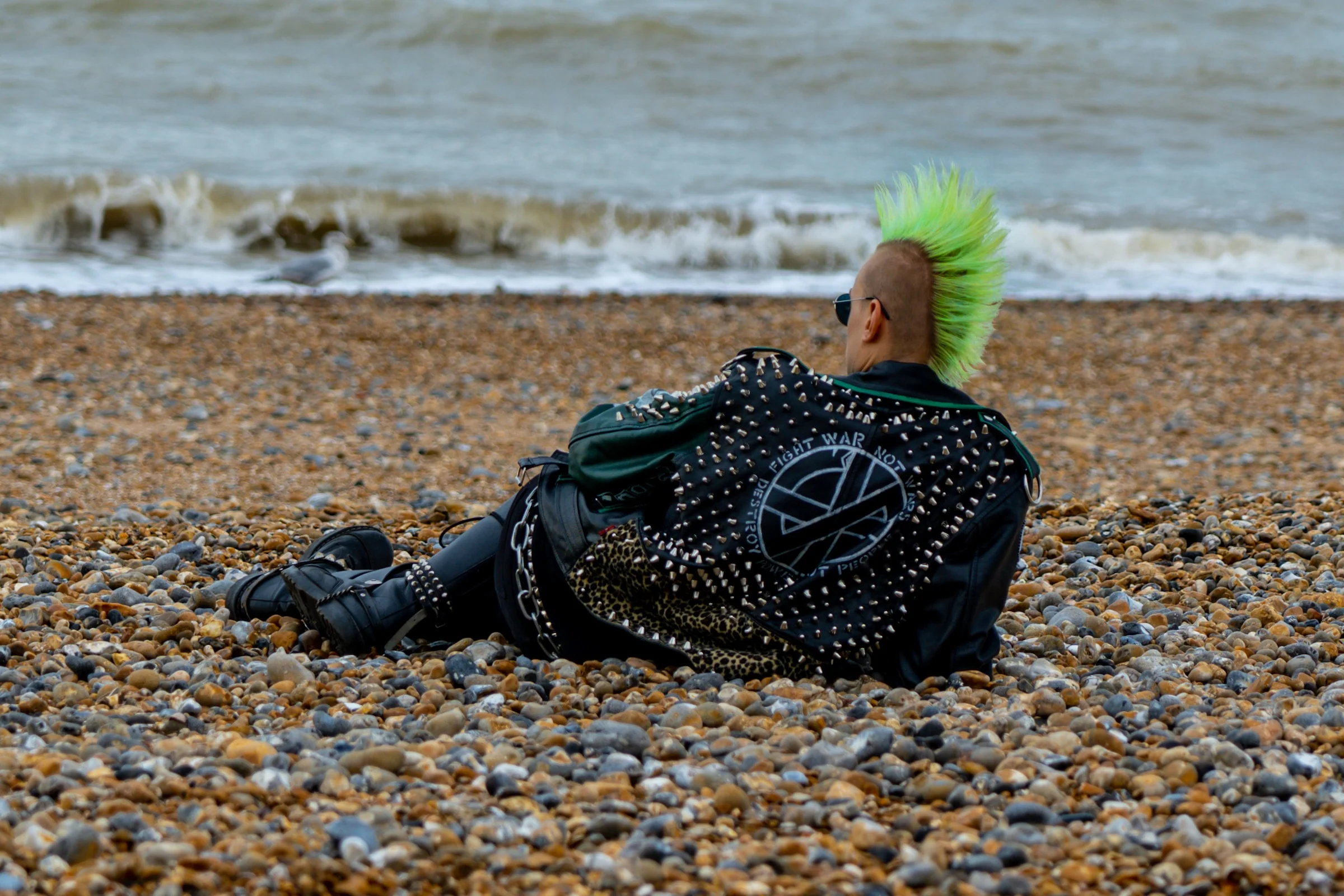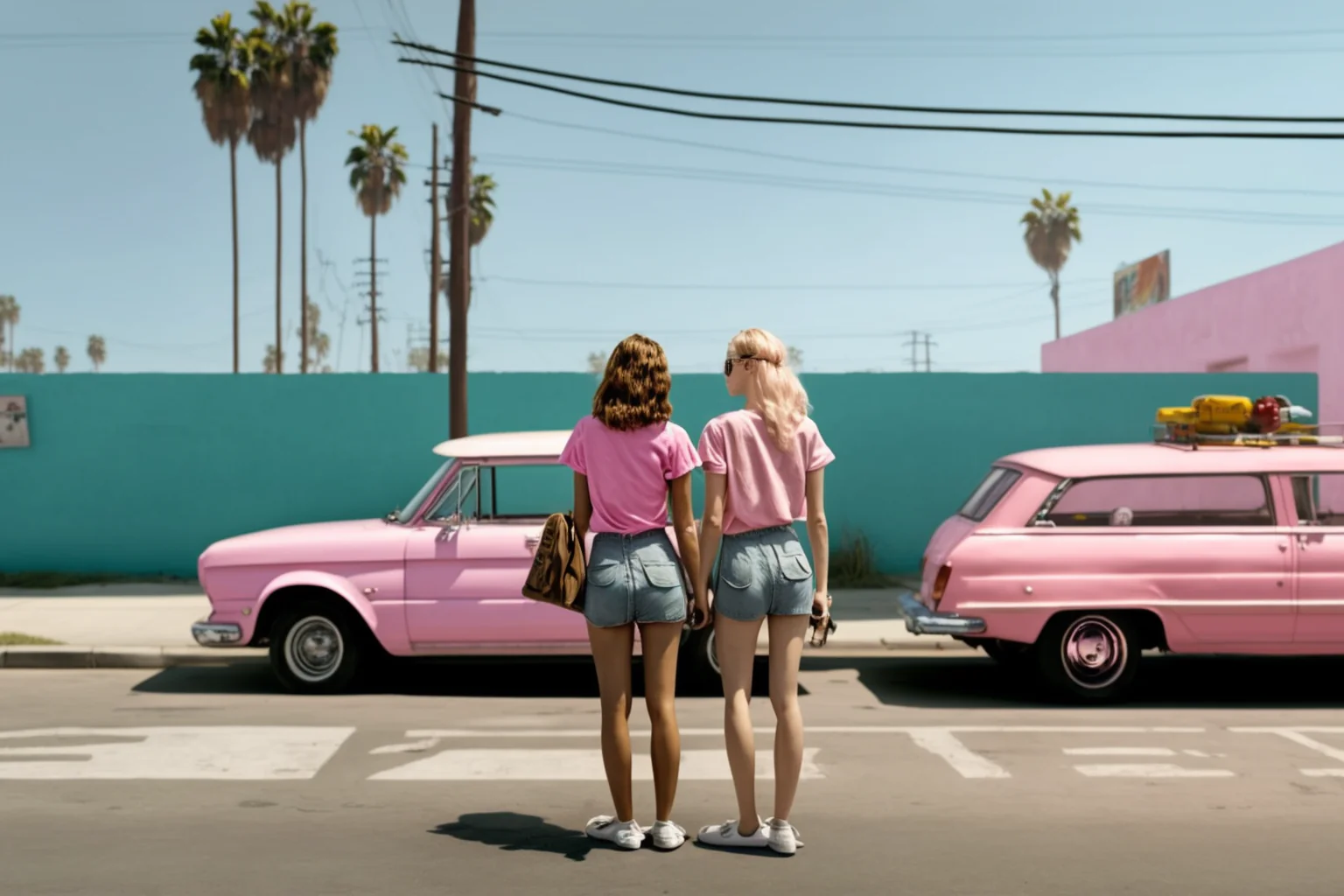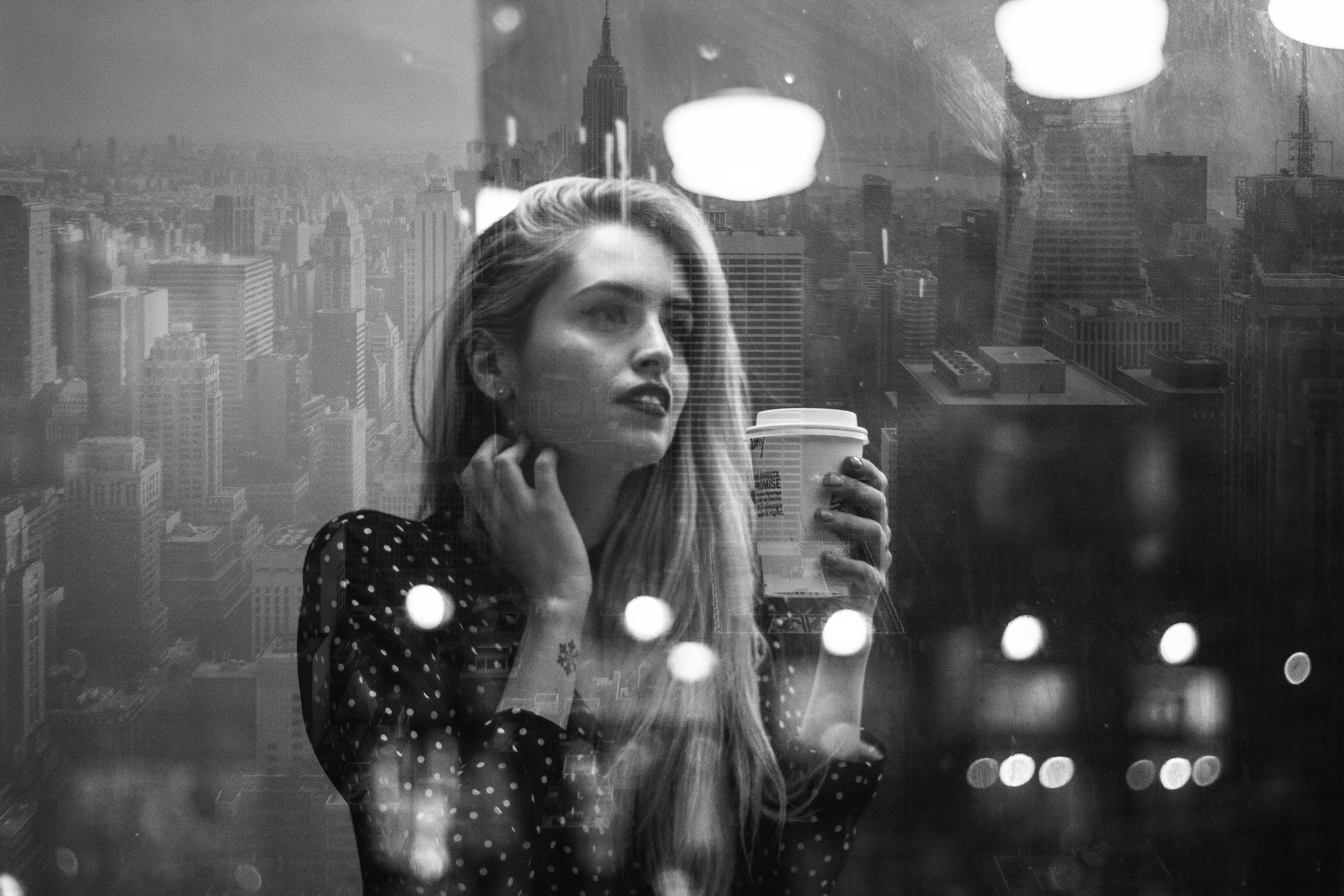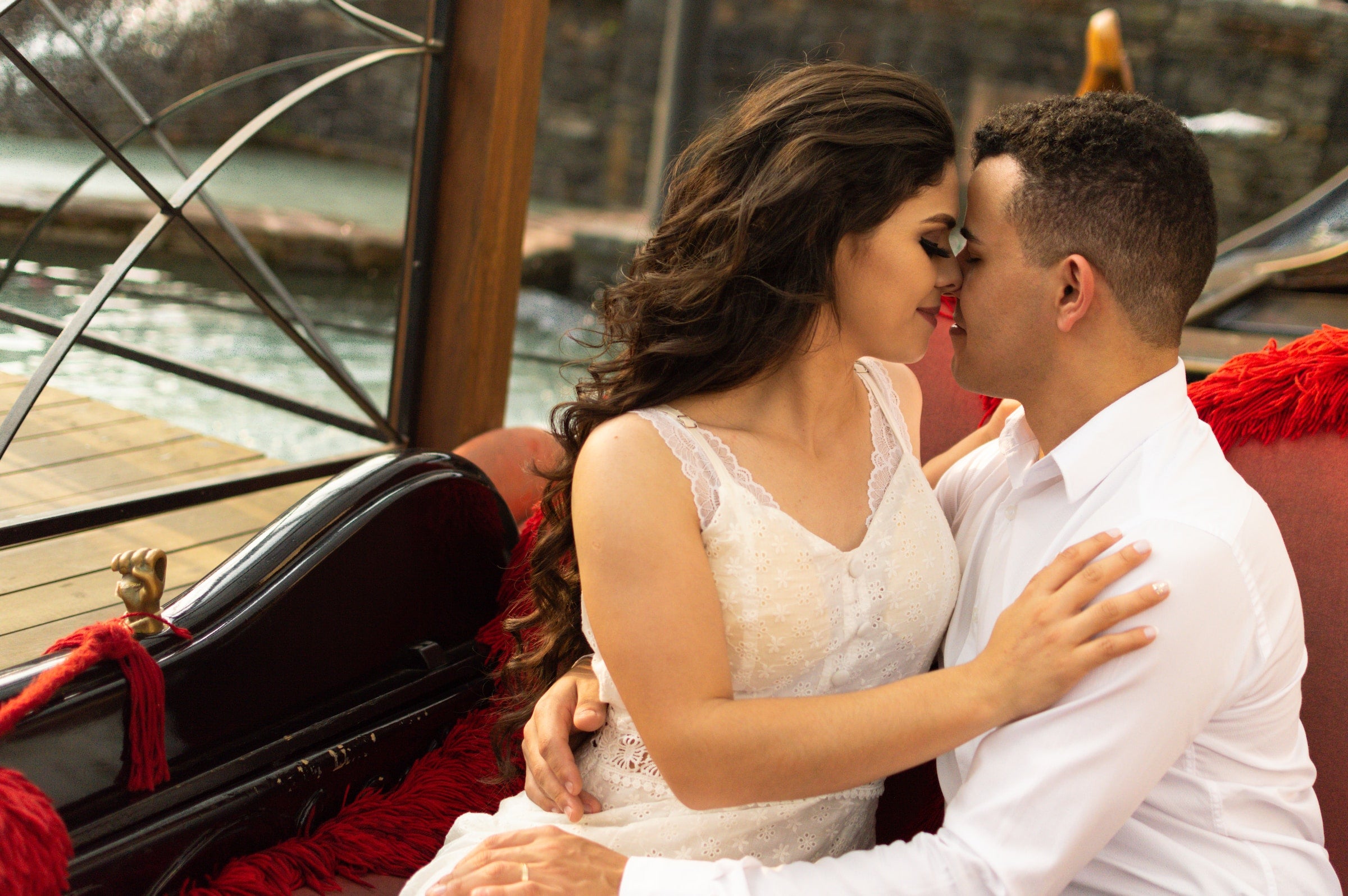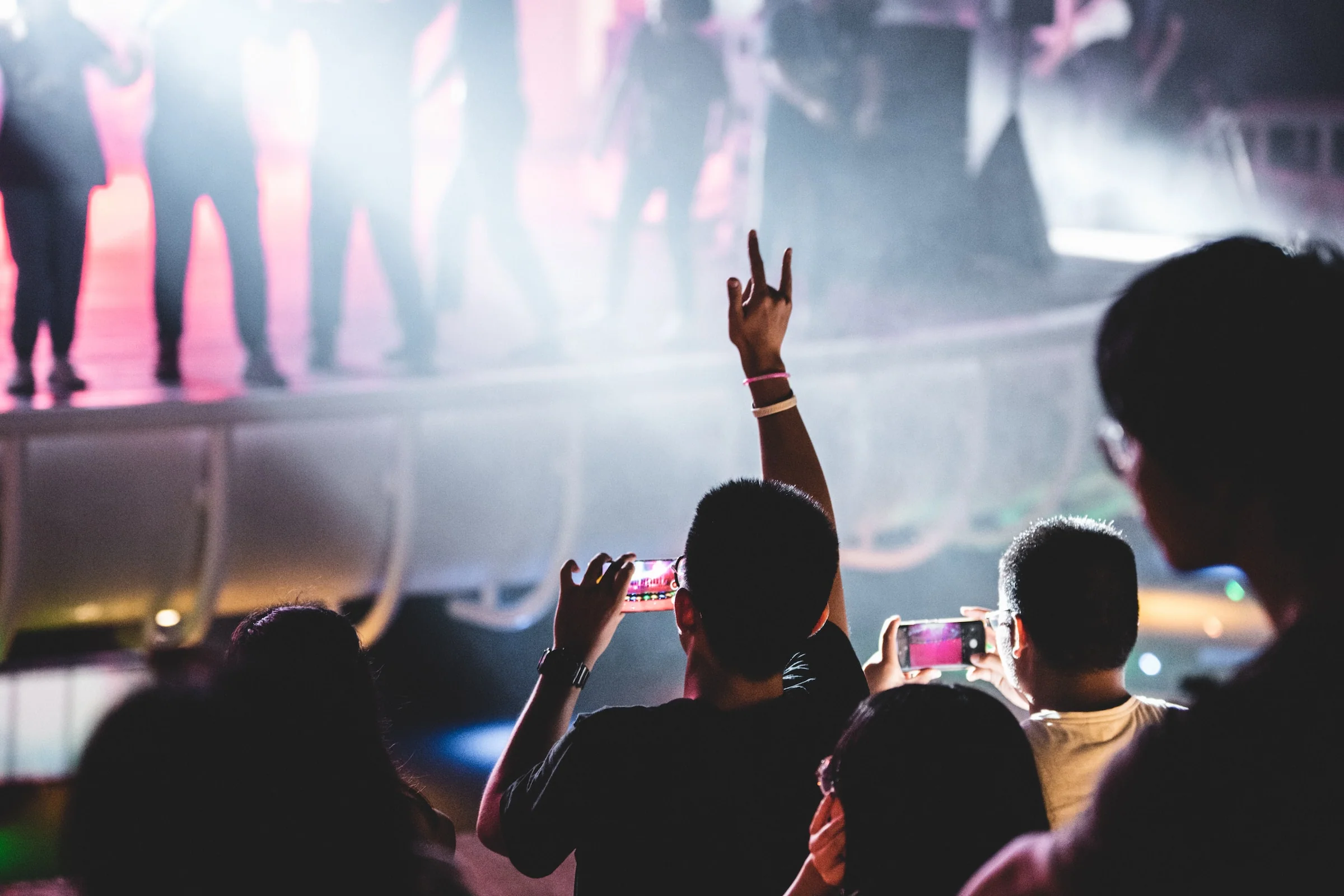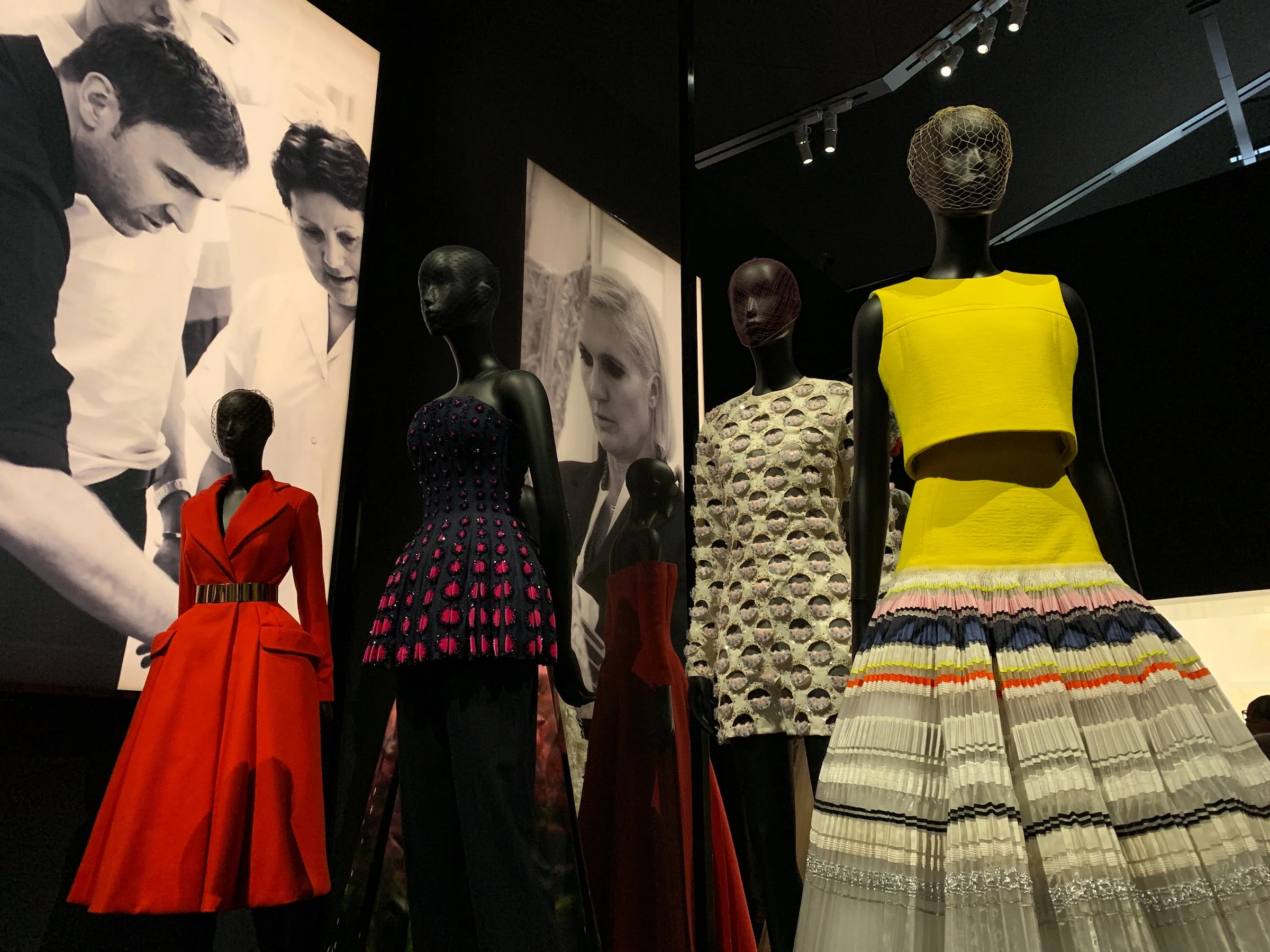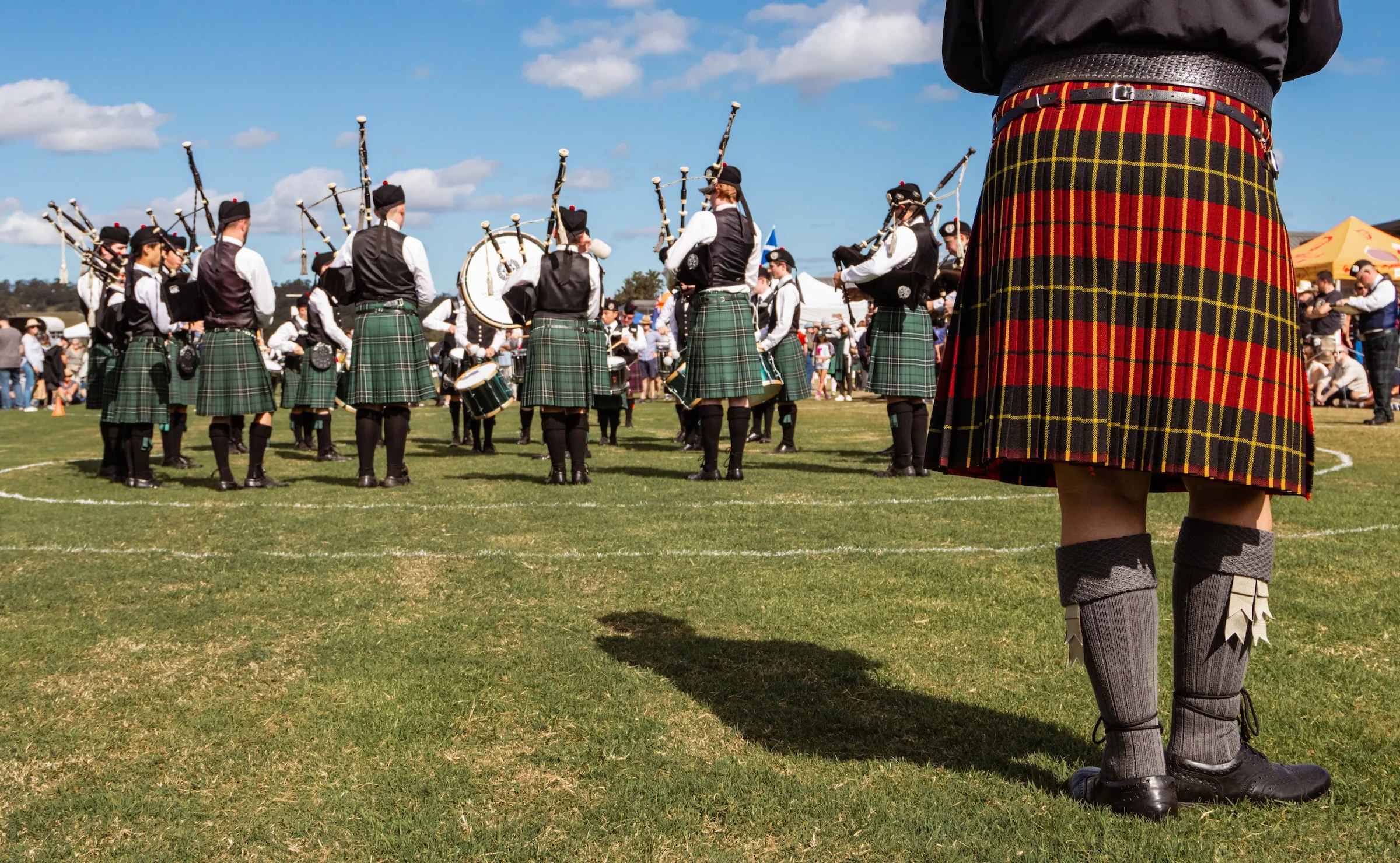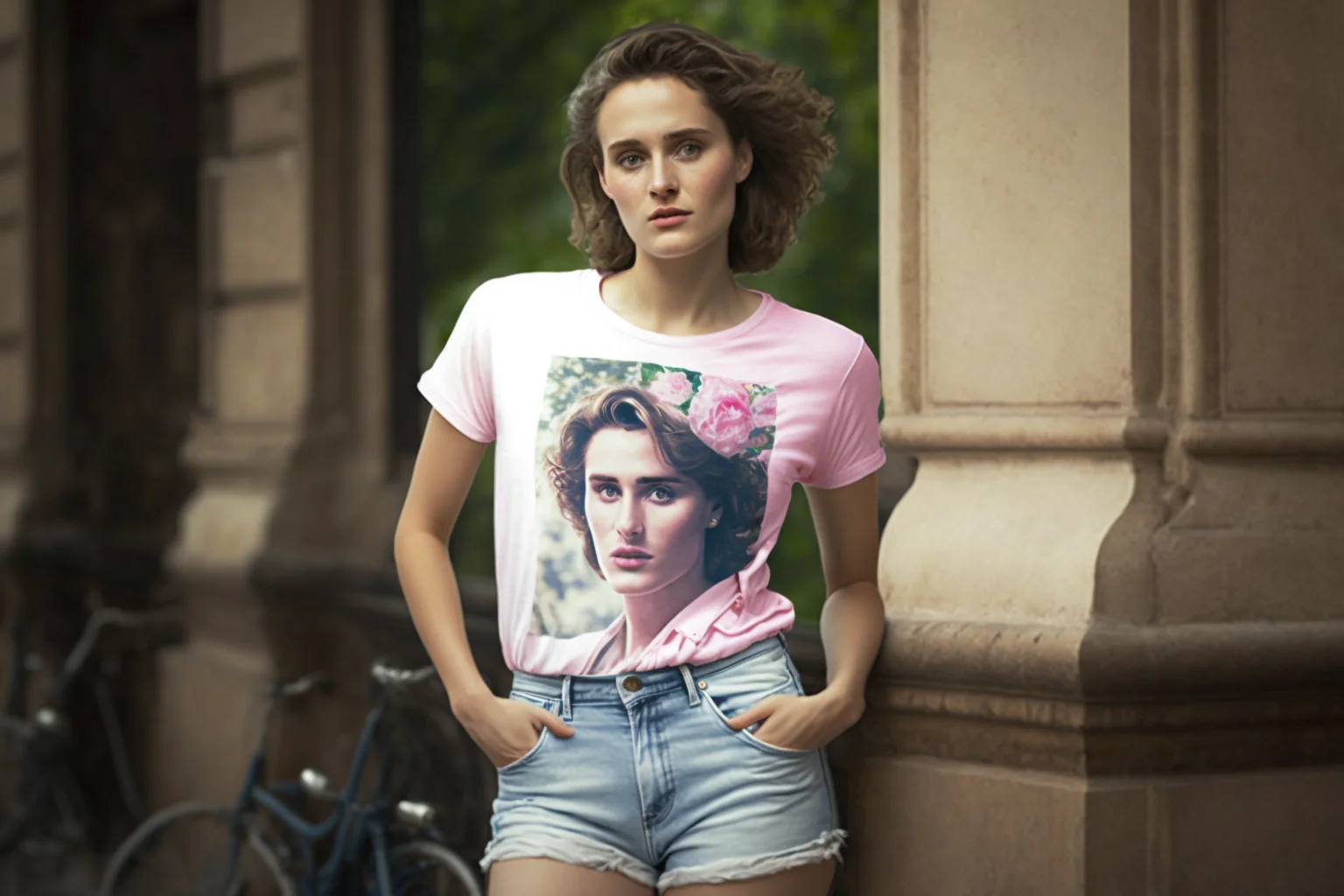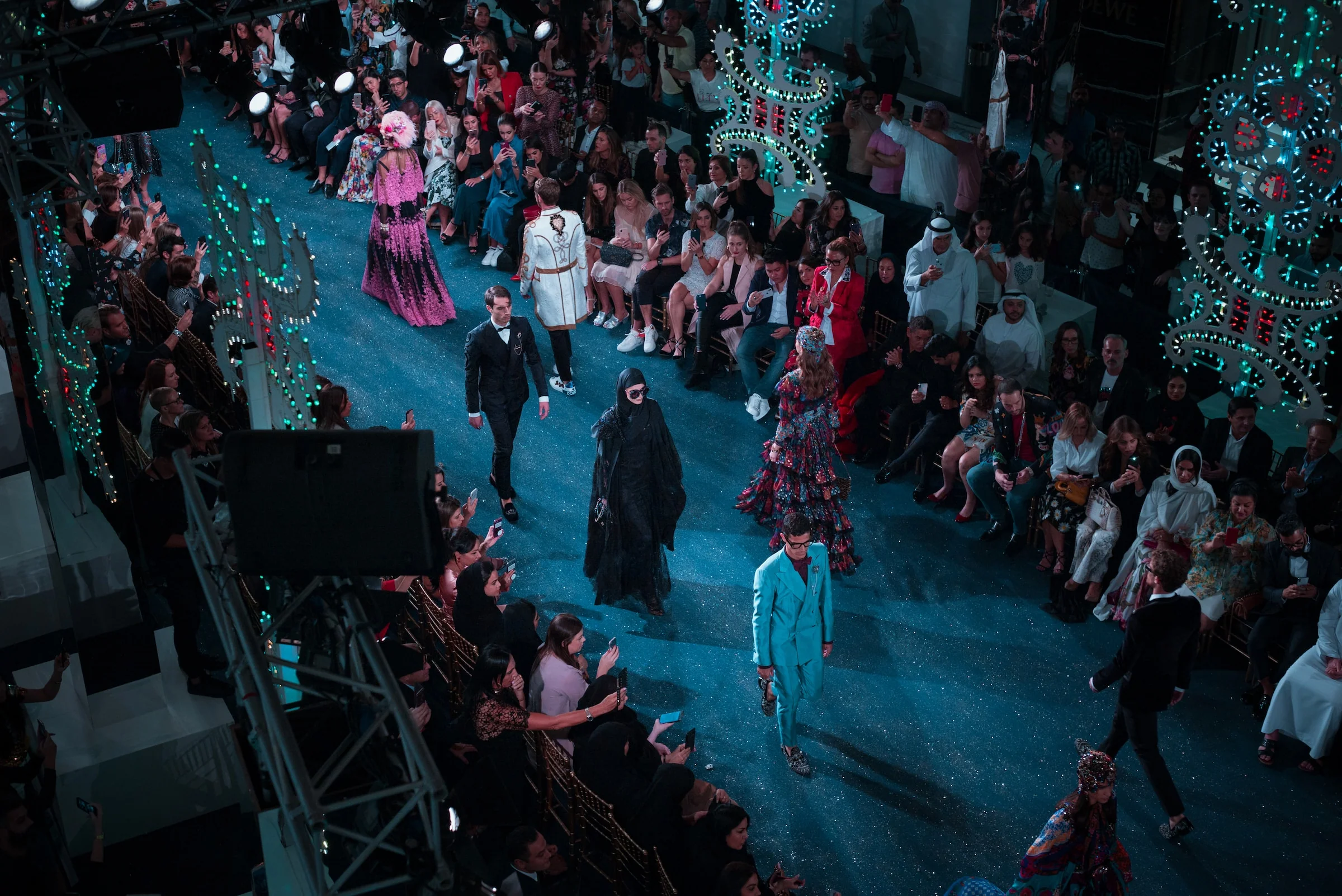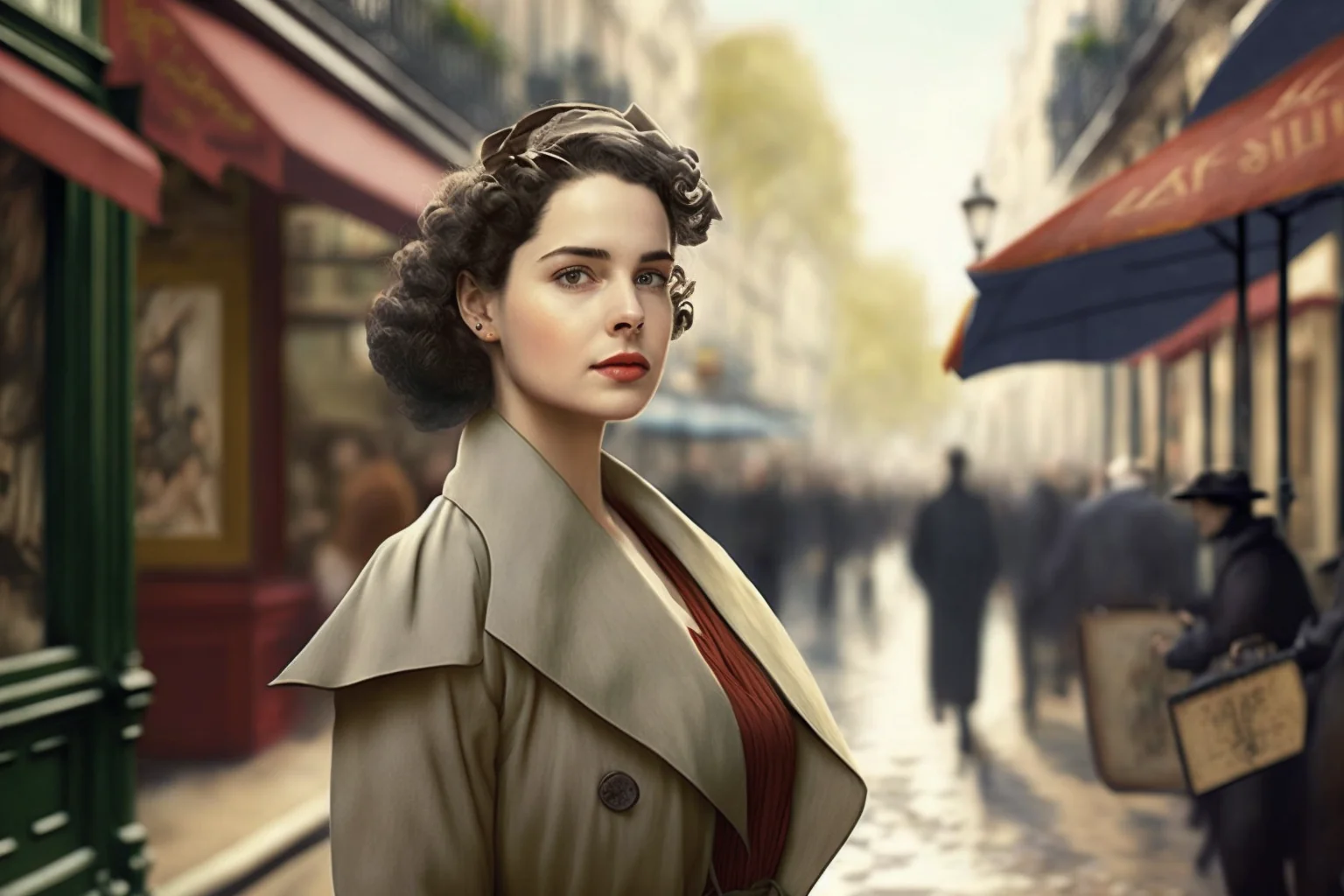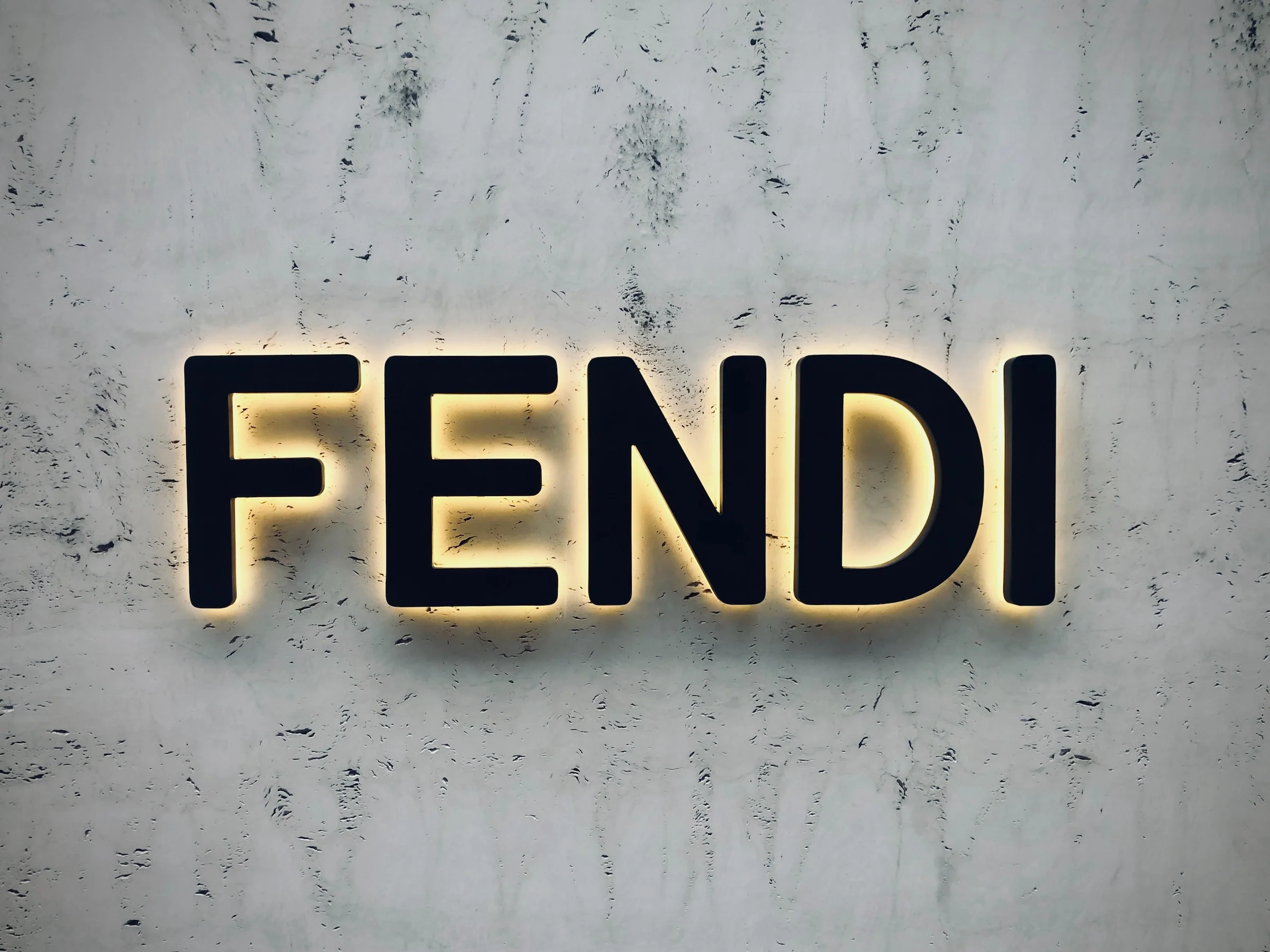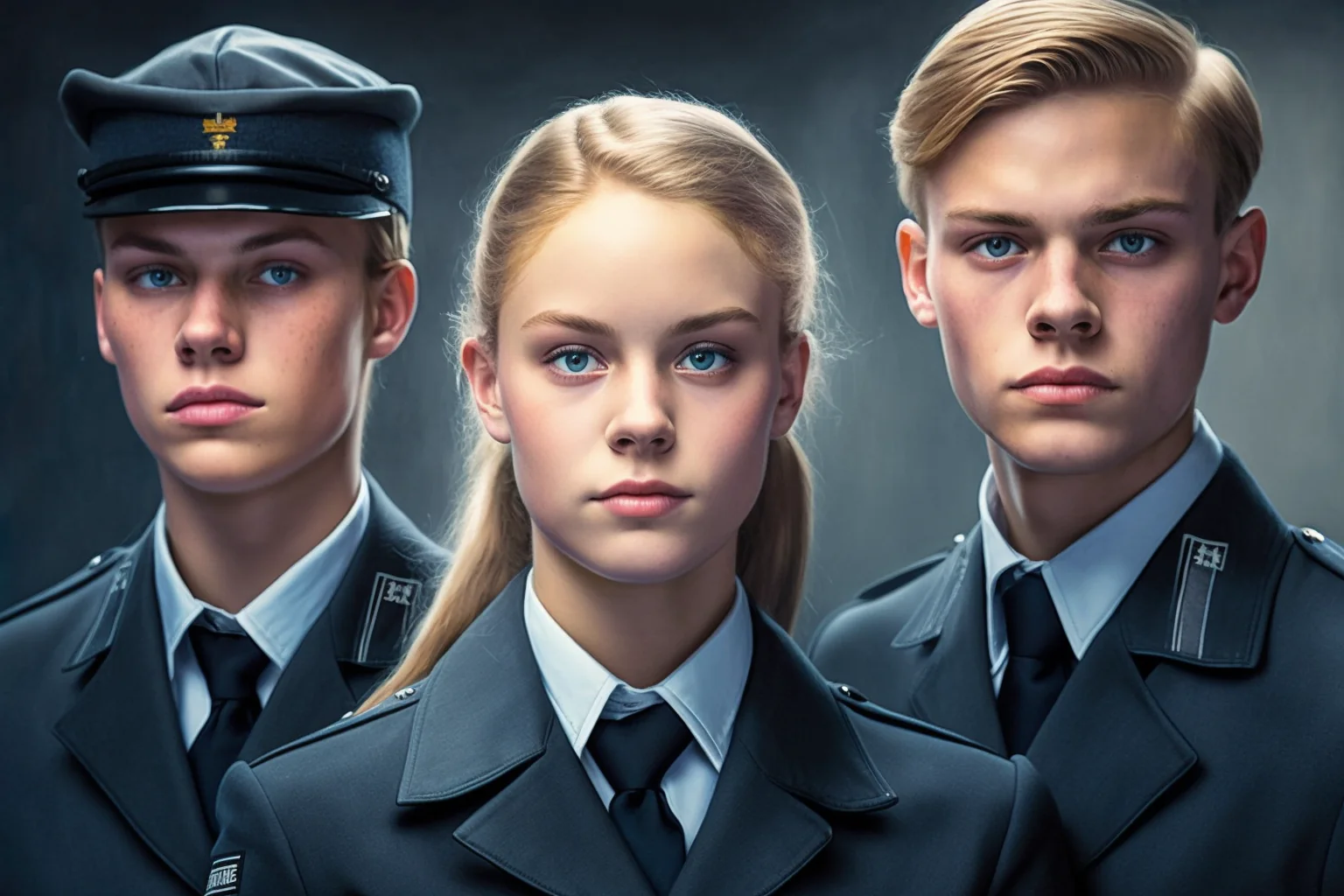Punk fashion is a style of clothing, hairstyle, and attitude that emerged in the mid-1970s. It was popularized by the punk subculture which began in London, England before spreading to other parts of the world. Punk fashion often incorporates elements of rebellion such as ripped clothing and safety pins. The style has been associated with anti-establishment attitudes and opposition to mainstream culture.
The look typically includes tight or torn clothes in bright colors such as red, yellow, black, or blue; plaid patterns; leather jackets; jeans or shorts; Doc Martens boots; studded belts; chains hanging from pockets or draped across shoulders. Hairstyles usually include mohawks dyed with different colors like green and purple and shaved sides. Makeup may also be worn including heavy eyeliner, eyeshadow in bold colors like green or purple along with bright lipstick shades like pink or orange. Accessories can include spikes on clothing items such as collars for dogs, hats for humans, or jewelry made out of bones and rubber bands.
This unique style developed due to a combination of influences from various genres such as glam rockers like David Bowie, who combined outrageous costumes with catchy melodies. UK pub rockers whose sound inspired many punk musicians during this period. American garage bands play the music that could easily turn into something more aggressive. reggae artists whose music influenced punk bands’ lyrical content.
As these influences mixed together they created a distinctive type of sound that inspired people to dress differently than their peers did at the time.
This new look quickly spread throughout Europe leading to an influx of young people wanting to express themselves through their wardrobe choices. Thus, punk fashion was born.
The Origins of Punk Culture: Understanding the Roots of Punk Fashion
The punk movement of the 1970s and 1980s was a powerful force in the world of fashion. Its influence continues to be felt today, but where did this trend begin? To understand punk fashion, it is important to look at its origins.
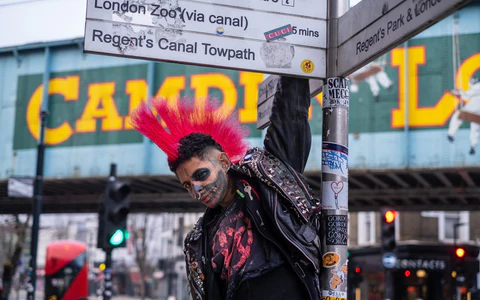
The roots of punk culture can be traced back to 1960s New York City. This era saw the emergence of new music and art movements that were heavily influenced by anti-establishment sentiments, such as those found in rock ‘n’ roll and pop art. These rebellious attitudes had an impact on the way people dressed, with young people creating DIY looks that rebelled against traditional styles or used everyday items like safety pins to create unique outfits.
These early trends provided a foundation for what would later become known as biker “punk.”
In the late 1970s and early 1980s, punks pushed boundaries further with their extreme fashions – which often included leather jackets, ripped jeans, and bright colors – combined with outrageous hairstyles. Punk’s bold statements about a society made it stand out from other youth cultures at the time and remain popular ever since.
An Introduction to Punk Fashion: A Look at the Key Elements of the Style
The emergence of punk fashion in the 1970s created a radical departure from traditional style norms. This countercultural movement, which was heavily influenced by various musical genres, rejected mainstream standards and ushered in an era of daring, and self-expression. At its core, punk fashion is characterized by anti-establishment sentiment and a rejection of societal expectations for how people should dress.
At the heart of punk fashion are clothing items that reject the conventions associated with conventional wardrobe staples. Leather jackets, ripped jeans, combat boots, and t-shirts featuring controversial graphics were embraced as symbols of rebellion against oppressive systems. Punk accessories such as spiked jewelry or studded belts also became popular among adherents to this new aesthetic. Hairstyles like mohawks or shaved heads further reinforced this defiant attitude towards social norms while also allowing wearers to experiment with different looks on their own terms.
Punk’s influence has since spread far beyond its original demographic; today it can be seen in everything from high-end runway shows to streetwear collections across all genders and ages around the world – no longer confined to just one culture or group but rather accepted as an expression of individuals regardless of background or status quo beliefs.
A Timeless Rebellion: The History of Punk Fashion and Its Enduring Influence
The punk movement has been around since the mid-1970s and its influence on fashion remains strong. It was an era of rebellion, a time when young people wanted to make a statement about the world they were living in. Punk fashion was born out of this attitude, with an emphasis on DIY (Do it Yourself) aesthetics and upcycling materials into unique clothing items. Punk style typically incorporates elements such as leather jackets, ripped jeans, studded jewelry, and bold colors or patterns. The look is often characterized by safety pins and mohawks – both symbols of anti-establishment attitudes that have come to define punk culture over time.
The roots of punk fashion can be traced back to the early 1970s when bands like the Sex Pistols started wearing loud clothes with slogans such as ‘Anarchy in the UK’ emblazoned across their chests – something which had never been seen before in mainstream music at that time. From there, other subcultures began adopting similar styles; from gothic rockers to skinheads, each adding their own flavor to what would eventually become known as punk fashion today.
In addition to its rebellious nature, one thing that sets punk apart from other forms of dress is its gender neutrality; women are just as likely to wear edgy leather jackets or combat boots as men are – a true testament to how far we’ve come in terms of equality between genders within society over recent decades. As well as being unisex however, it’s also worth noting how versatile this type of dress can be too; even now you’ll still find punks sporting colorful mohawks or spiked chokers alongside classic staples like skinny jeans and plaid shirts – proving that punk isn’t just another passing trend but rather a timeless way for individuals who want stand out from the crowd express themselves through clothing choices instead.
The Early Days of Punk Fashion: How the Style Evolved in the 1970s
The 1970s saw the emergence of a new type of fashion that quickly became popular with young people: punk fashion. This style was an expression of rebellion against mainstream culture, and it had its roots in earlier musical movements such as glam rock and reggae. Punk clothing featured bold colors, bright patterns, and distressed materials, and often included safety pins or spikes for an extra edgy look. The leather jacket was also a key component to punk outfits; some styles even included metal studs for added effect.
Though most people associate punk fashion with London’s underground music scene in the late 70s, this style actually started much earlier in New York City’s Lower East Side.
During this time period, bands like The Ramones were pushing boundaries by combining elements from different genres including garage rock and art-punk into their sound – which is why they are considered one of the first “true” punk bands today.
As these musicians began performing live shows around Manhattan, their fans followed suit by dressing up in similar clothing to show solidarity with their favorite acts – thus helping establish early versions of what we now know as punk fashion today.
As the decade progressed more groups jumped on board with the trend; artists like Patti Smith and Richard Hell brought a more theatrical element to punk style while English acts like Sex Pistols embraced shock tactics both musically and through their wardrobe choices – making them international stars overnight thanks to songs like “Anarchy In The U.K.”
These influential figures helped spread awareness about this alternative form of dress across Europe which further helped propel it onto the world stage during this era – allowing us to enjoy many amazing variations on classic looks over 40 years later.
The Intersection of Music and Fashion: How Punk Music Shaped the Punk Fashion Movement
The punk fashion movement of the 1970s was a direct result of the punk music that emerged at the same time. As the genre gained traction in popular culture, it began to influence mainstream fashion trends and attitudes. Punk music provided an outlet for self-expression and helped shape a style that represented rebellion and individualism. The fusion of these two cultural influences created a unique look that quickly spread across America and Europe alike.
Unlike previous generations, this generation of youth embraced loud colors, ripped clothing, spiked hair, safety pins, and heavy makeup as part of their expression. This bold new look had its roots in many existing subcultures like Teddy Boys from 1950s Britain or Mods from 1960s London but it still represented something entirely different; an anti-establishment attitude that was fueled by nihilistic themes present in much of the punk rock music being produced during this period.
By embracing riskier fashion choices, punks were able to visually demonstrate their disdain for social conventions while simultaneously asserting themselves through their own personal style – something which has become known as ‘punk couture’ today. Through iconic figures such as Debbie Harry or Sid Vicious who embodied these aesthetics on stage and offstage alike, punk soon became more than just a musical movement – it was also an aesthetic one too with far-reaching implications throughout modern pop culture today.
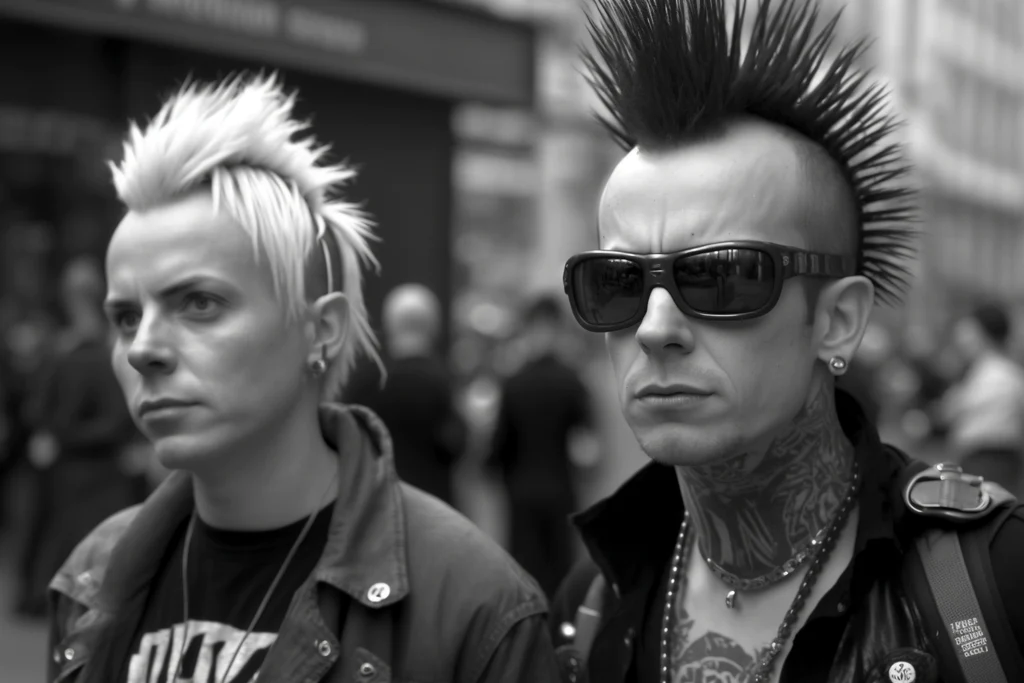
From Subculture to Mainstream: The Evolution of Punk Fashion in the Fashion Industry
The punk fashion movement of the 1970s and 1980s has come a long way from its beginnings as an underground subculture. Originally, punk fashion was associated with rebellion and self-expression through unconventional styles that were often considered controversial or even shocking. As the decades progressed, punk began to become more mainstream and gradually became integrated into high fashion design.
The incorporation of punk style into popular culture started in the late 1990s when luxury brands like Versace and Dolce & Gabbana released collections featuring studded leather jackets, ripped jeans, spiked accessories, and other edgy details reminiscent of traditional punk styling. This provided a much-needed update on the classic look while still staying true to its roots. As it gained acceptance in haute couture circles, more designers embraced this aesthetic which soon spread to everyday streetwear pieces such as tees with safety pins or patches sewn onto them for added visual impact.
In recent years, there has been a renewed interest in incorporating elements of punk style into modern looks; thanks to celebrities like Rihanna who have made bold statements by pairing sleek silhouettes with daring designs inspired by classic rockers like The Ramones or Blondie’s Debbie Harry. Punk influences can also be seen in urban streetwear where brands are embracing distressed denim paired with logoed tees for an effortless grunge vibe that appeals to both young adults and seasoned trendsetters alike.
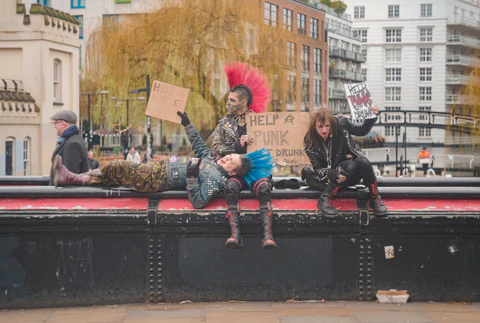
What started out as a form of expression for those seeking to break away from society’s conventions has now evolved into one of today’s most popular trends – proof that nothing is ever truly off limits when it comes to fashion.
The Future of Punk Fashion: How the Style Continues to Inspire New Generations of Rebels
Punk fashion continues to be a source of inspiration for those who don’t follow the status quo. With its loud prints and statement pieces, the punk style has become an integral part of many modern subcultures, including emo, rockabilly, and gothic. The classic elements of punk – spiked hair, studded leather jackets, ripped jeans – remain popular today as a symbol of rebellion against societal conventions.
However, the future of punk fashion is not limited to these traditional staples; it is also about pushing boundaries in new directions and embracing alternative looks that challenge our preconceptions. Punk-inspired streetwear has become increasingly popular among younger generations who have adopted this look as their own personal form of self-expression. This includes bright colors mixed with dark tones such as black or grey for contrast; bold patterns like plaids paired with stripes; and oversize silhouettes that add volume to any outfit.
The rebellious spirit behind punk fashion will continue to inspire young people seeking an identity outside mainstream culture in the years ahead. As designers keep experimenting with different textures and cuts while incorporating classic details from past eras into current collections, we can expect even more unique takes on this evergreen trend in the coming seasons – allowing everyone to express themselves through individualized outfits that no one else can replicate.
In Brief
In conclusion, punk fashion started in the mid-1970s as a rebellious response to mainstream culture and the hippie movement. Figures like Malcolm McLaren and Vivienne Westwood created a new style that was subsequently born, characterized by biker-inspired clothing, ripped-up jeans, and provocative slogans. This rebellious fashion continued to evolve, giving rise to hardcore punk and eventually becoming synonymous with teen rebellion. Today, punk fashion remains popular, with ripped jeans and safety pins still worn by college kids as must-have clothes that say something. Punk fashion has always been about expressing oneself and holding up to the world.
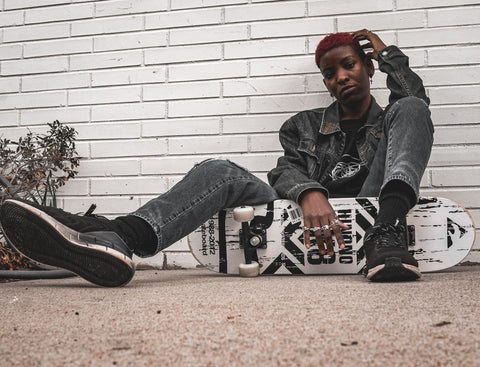
FAQs
When did punk fashion start and who created it?
Punk fashion started in the mid-1970s as a rebellion against mainstream culture and the hippie movement. The British punk movement is often credited with defining the punk aesthetic, with figures like Malcolm McLaren and his designer girlfriend Vivienne Westwood creating the image of punk.
McLaren and Westwood opened a shop on King’s Road in London, which became the epicenter of the punk movement. McLaren, who managed the Sex Pistols and The Clash, was known for creating sensational designs and made a name for himself as the king of punk.
What defines the punk aesthetic and how did it evolve over time?
The punk aesthetic is characterized by ripped shirts, bondage, biker-inspired clothing, and DIY fashion. It was a rebellious style that continued to evolve over time, with the gap between US and UK punk styles narrowing as the movement started to spread. The Ramones, a punk band from New York, would command their sharp sound with a new, ripped-up jeans look. This style became popular with rock stars and still resonates today with college kids wearing ripped jeans as a fashion statement.
How did Vivienne Westwood become known as the mother of punk?
Vivienne Westwood is often referred to as the mother of punk because of her contribution to the punk movement in the 1970s. Her first 1981 catwalk show was called “Pirates” and was inspired by the streetwear of the punk movement. The show featured models wearing safety pins, ripped-up clothes, and other punk designs. Westwood would later explain that her inspiration came from the “get out of that underground tunnel feeling of England,” which was a reference to the post-World War II generation elders who were determined to hold up their world despite the chaos around them. Westwood continued to evolve at the helm of punk fashion and remains a fashion icon today, with her designs still being sold as fast fashion.





